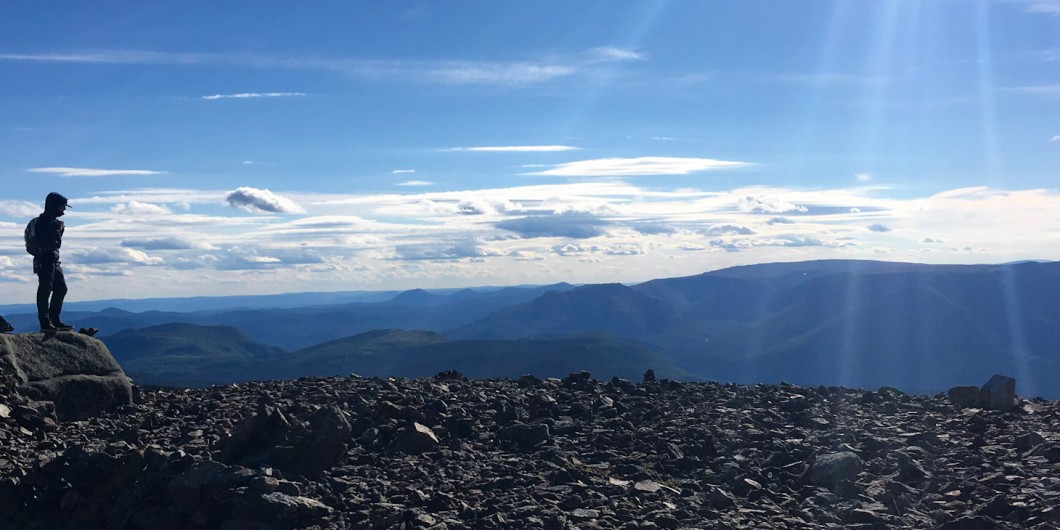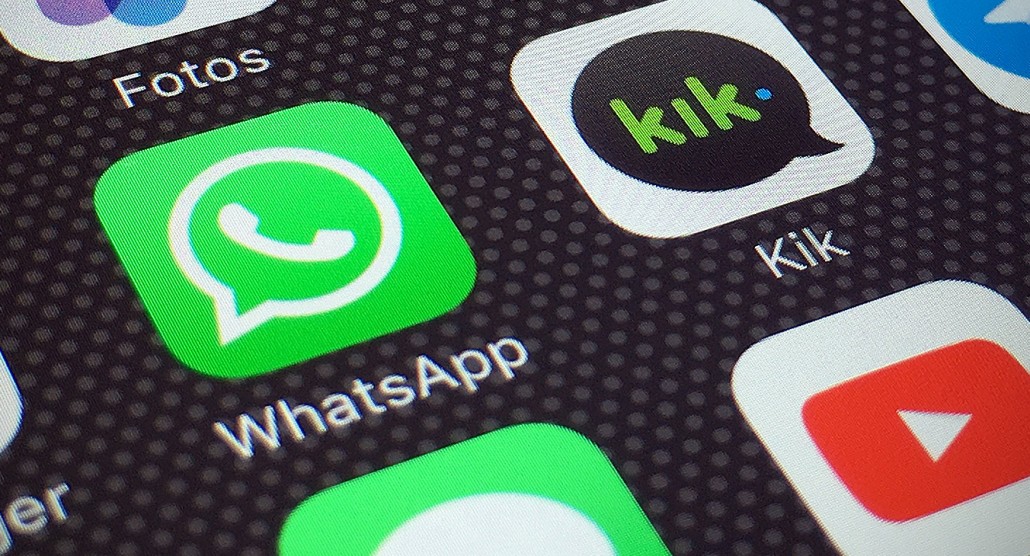Could a two-million-year-old landscape be the best way to resolve my generation’s 8-second attention span? Maybe. But for Millennials, enjoying the outdoors isn’t always easy. In fact, getting outside is complicated by cultural, digital and economic obstacles. What could possibly save the outdoors industry? Democratizing it.
According to National Geographic, 2015 saw a record number of visits to U.S. national parks, with more than 307 million recorded admissions. But ironically, the future of these wild territories, as a whole, has never been so threatened. Young people no longer visit the great outdoors. In fact, according to Jonathan Jarvis, Director of the United States National Park Service, Millennials are more disconnected from nature than all other previous generations. Despite the rise of eco-responsible practices and a proliferation of chalet photos on Instagram, enjoying hiking trails and protecting the forest are not priorities for Generation Y.
Last weekend, I joined 75 other outdoor enthusiasts for the Think Outside Summit, hosted by MEC Outdoor Nation, in partnership with Sépaq. This initiative was created to bring together Canadians 18-34 years of age in the forest and have them participate in roundtables and conferences. For once, I wasn’t the only one loudly proclaiming my need to get as far away from civilization as possible, to dive into the woods, without electricity, without running water and, especially, without a network connection.
During this weekend, I met a group of talented and extremely diverse youth: videomakers and photographers, entrepreneurs and writers, social movers and shakers, athletes, doctors, nutritionists, developers, you name it. We met at Parc des Îles de Boucherville with the goal of creating community and digital projects that could address the long-term threats to our parks and the outdoors industry.
During discussions between participants, with members of the jury (MEC, Burton, Sépaq) and with Hugues Fournel, event facilitator and Canadian Olympic canoeist, one idea kept surfacing again and again: the outdoors are perceived as being inaccessible.
The outdoors is too far and too costly
Not true. Nature is there for everyone to enjoy. How can we motivate more people to enjoy the great outdoors? By encouraging equipment rental, by promoting initiatives such as Every Kid In A Park or by offering kids free admission to the Sépaq network. Some went so far as to suggest, for example, the abolition of entry fees for Canadian parks in 2017.
In terms of accessibility, transport is often singled out as an obstacle. But you don’t have to go far to enjoy waking up to nature, with coffee in hand. The perfect example: Îles de Boucherville is located a mere 15-minute drive from downtown Montreal. This is how Daniel Groleau, Director of Sépaq, describes the role of this park: “This site helps people discover the great outdoors and is a natural destination for enthusiasts, but it also promotes our other sectors. The Îles de Boucherville showcases all regional parks across the province of Quebec.”
The outdoors are so… white
Other obstacle noted: the cultural aspect. A cursory glance around the tent where discussions took place quickly revealed that nearly everyone there was white. This is also true on a broader scale, with a lack of diversity noted in national parks too. This problem is based on perception. Not all cultures see themselves reflected in current promotions for the great outdoors. For some, going camping is a generational thing, while for others, it’s synonymous with danger and the unknown.
In a recent article by travel writer Timothy Egan recounting a father-son trip in Joshua Tree, Egan’s son summarizes this issue rather well. For Casey, who’s in his 20s, going camping seems “like well-off white people trying to experience homelessness in a safe, natural setting.” Perhaps a tad overstated, but a compelling viewpoint nonetheless.
Strategically speaking, featuring a non-traditional-heterosexual-white family in an advertising campaign could go a long way to expanding the client base. Just saying.
Wait… I can’t share this LIVE?
Another observation (which will surprise precisely no one): having no access to the Internet is a huge problem. A study conducted by the United States National Park Services shows that 71% of Millennials expressed discomfort at spending several days without network access (as opposed to 33% of Boomers). Having no wifi triggers fear, insecurity and even anxiety, so for many, being disconnected from the world is not ideal.
There is a golden opportunity here for national parks to align with this new generation by adding digital to the non-digital. Millennials love sharing what they’re doing and parks need more exposure. Using mobiles to encourage more people to get away… Sounds like a win-win!
In other words, the digital world can be used to attract more people to the real world. Does that mean making wifi accessible in the woods? No. Please. However, today’s youth belong to a generation that respects and praises experiences, spontaneity and challenging yourself. Checklists with social share options could do the trick. From there, the digital options are limitless. Lists of mountains to climb, lakes to paddle across or even plants to “capture” à la Pokémon Go?
If Pikachu can create a widespread movement that spurred a ton of geeks to leave their basements, national parks can do the same with some good tools and a little imagination. A combination of diversity, technology and accessibility would be the foundation of a new strategy to create a 2.0 version of the great outdoors, in which all walks of Quebec society are welcomed.
There are certainly dozens of ways to get Millennials into the forest. Once there, the pine needles and lakes will get them hankering for more.


